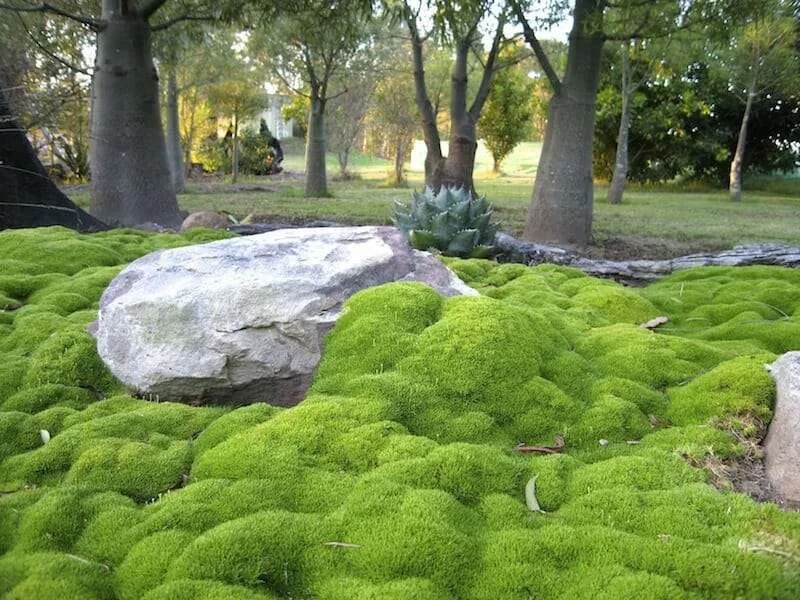Summer is winding down, but a gardener’s work is never done. Fall is approaching and there are a few things you need to do to prepare your garden for its arrival. Here are five things to do in August.
Featured photograph (above) by John Merkl, from Gardening 101: How to Prune Roses.
1. Clean up the dead and diseased.

Are your tomatoes petering out? Did blight got the better of them? Has your basil flowered? Do your roses have black spot? Time to remove either the whole plant, as in tomatoes and spent annuals, or just the diseased parts, as in roses. It is very important to remove all diseased plant material and throw it out in the trash. Composting is not recommended unless you are sure that the pathogen can be killed by a properly maintained compost pile. Removing plants also opens up space for fall crops and flowers.
2. Plan for next year’s garden.

Now is the time to order tulips, daffodils, and other spring-flowering bulbs. Spend time looking at those catalogs and pick out some fun blooms for next year. You could wait another month or two to order, but why risk your first choices selling out?
3. Plant a cover crop.

Cover crops can enrich the soil, stop weeds from taking over in empty vegetable beds, and prevent soil erosion (if you live in a dry and windy area). With some, you can plant it and forget it until next spring. Others need to be more actively managed and turned over before frost to get the benefit.
4. Shop the sales.

Fall is the perfect time to hit your local nursery’s sales. Many nurseries have sales after Labor Day to clear out stock still on hand. Take advantage of this. Some of the plants may look the worse for wear—after all they have spent the summer in a pot. But if the roots are healthy and the price is right, give it a shot!
5. Divide perennials.

Dividing perennials is basically getting free plants. Heat can stress out plants and the cooler temps make this a perfect time to divide and move things around in your garden. Don’t forget to water. Even though the temperatures are lower, dividing damages the fine feeder roots. Plants need care to recover and watering helps them get through transplant shock.
See also:
- Your First Garden: What You Need to Know About Cutting Back Perennials in the Fall
- Your Vegetable Garden: Now’s the Time to Plan for Fall Crops
- Fall Gardening: Can You Stop Watering Now? (And 5 Other Burning Questions)












Have a Question or Comment About This Post?
Join the conversation (0)